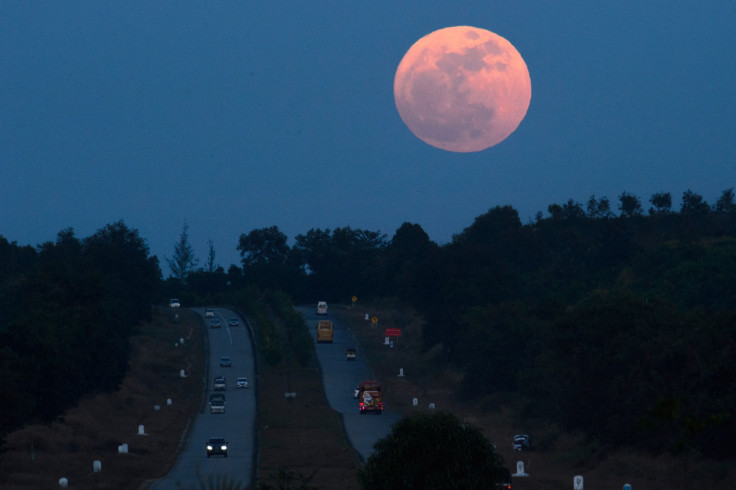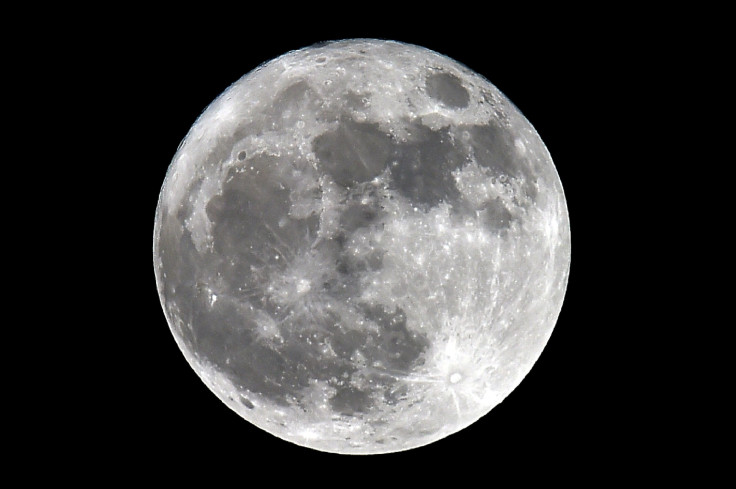What Is A Wolf Moon? When, How To See New Year’s Supermoon

The new year is going to start off with bright nights, that’s because the full moon is set to happen Monday evening. But Monday’s “Wolf Moon” won’t be just any full moon, it’s going to be a supermoon as well, the first of two in January.
The “Wolf Moon” gets its name because it happens during the time of the year when wolves would howl out of hunger outside of villages, according to the Old Farmer’s Almanac. It’s sometimes also called the “Old Moon.”
This moon will also be the largest supermoon of the year. Though the moon that follows it on Jan. 31 will also be a supermoon, it will be a bit smaller. "Supermoon" isn't technically a scientific term used by astronomers, but it's been accepted to mean the point when the moon is closest to the Earth in its orbit, causing it to appear slightly larger than it does when it’s a bit farther away. This point in the orbit is called perigee and causes the moon to appear a bit brighter as well. While this difference in size can be difficult to detect, some people do notice that it appears a little bit larger than usual.
The moon will look the best, brightest and biggest just after it rises when it is still close to the horizon line. So if you plan on heading outside in the frigid temperatures Monday night to get a look at the moon, you’ll want to time it right around the moonrise. This might change depending on where you are, but for the most part in the United States, it will happen in the afternoon before it’s even fully dark out.
The moon will become full at 9:24 p.m. EST and 6:24 p.m. PST. So while that aspect of the supermoon won’t change, the best time to see it will change depending on where viewers are watching from. To find the exact time the moon will be full and when it will rise in different locations around the country, check online.

© Copyright IBTimes 2024. All rights reserved.





















